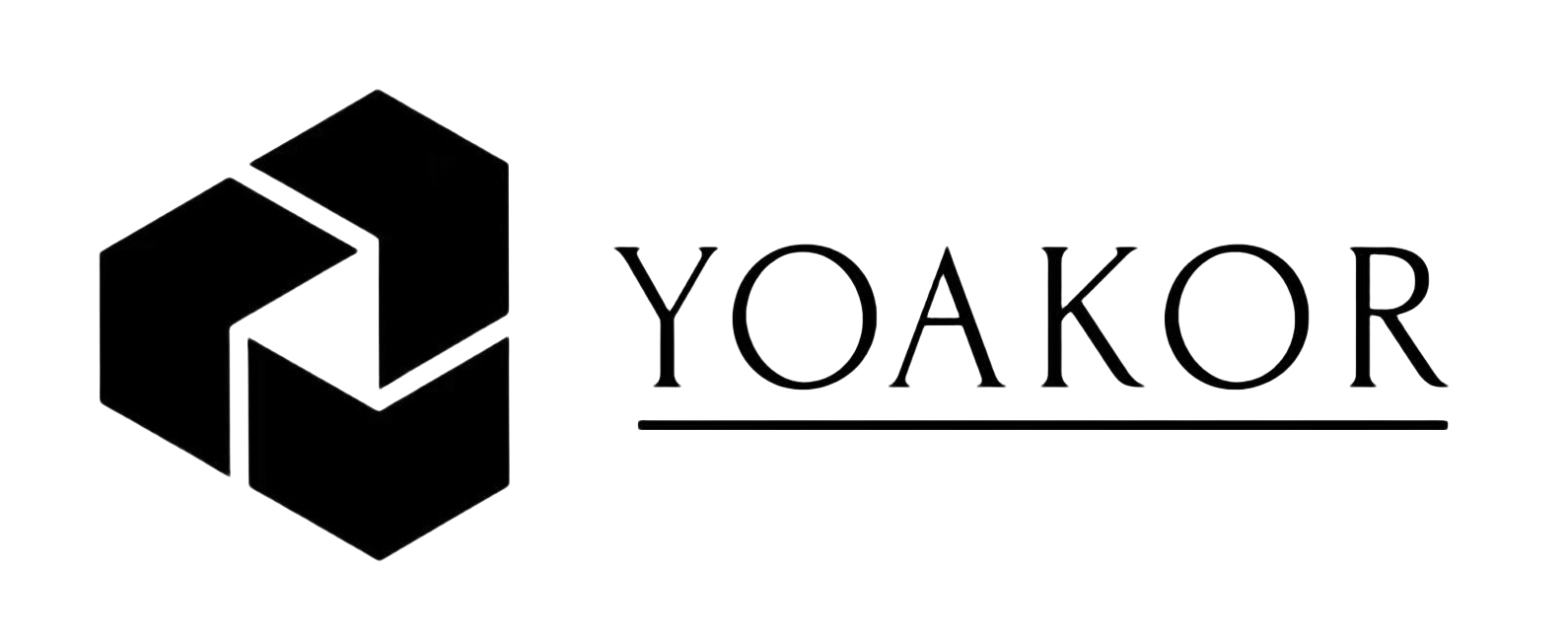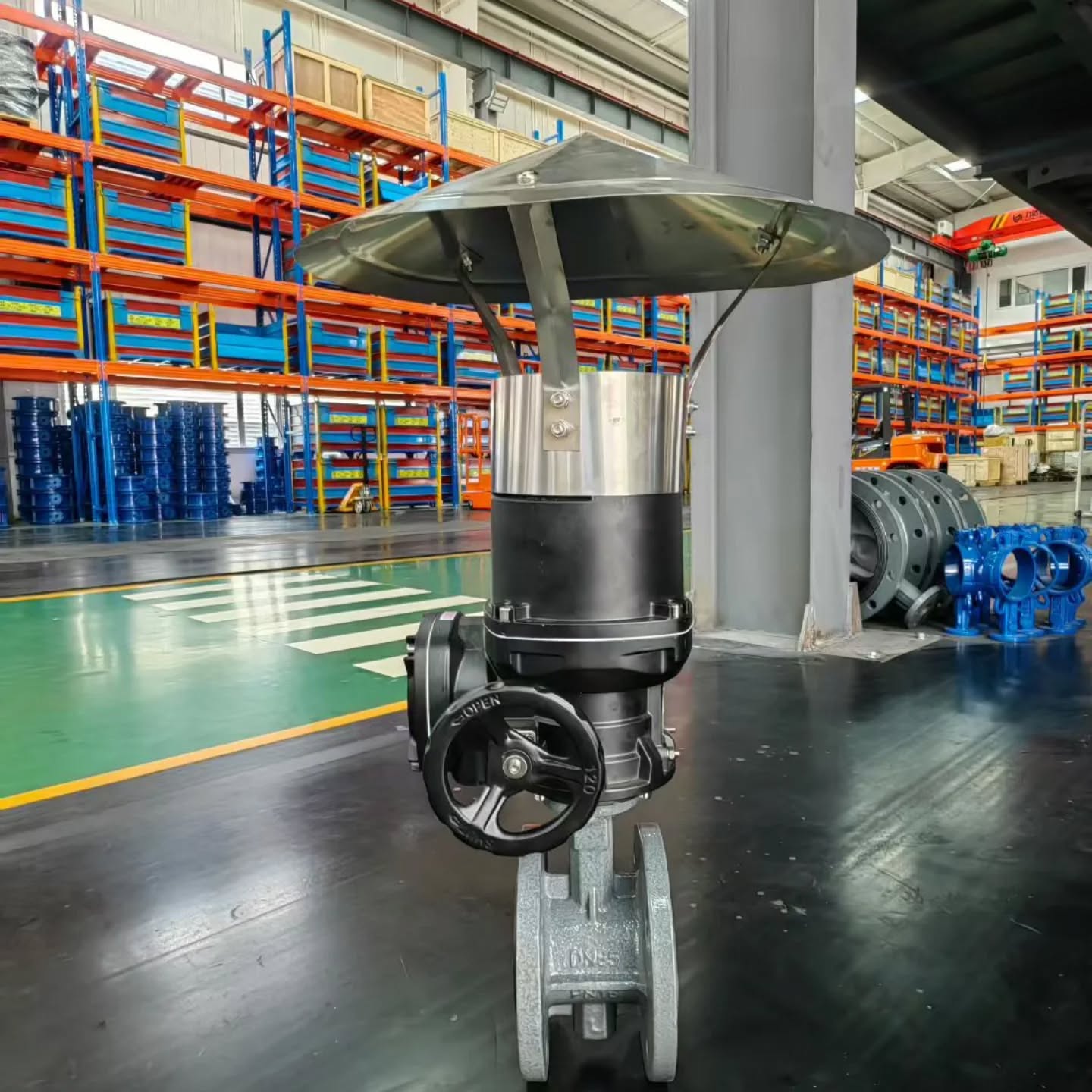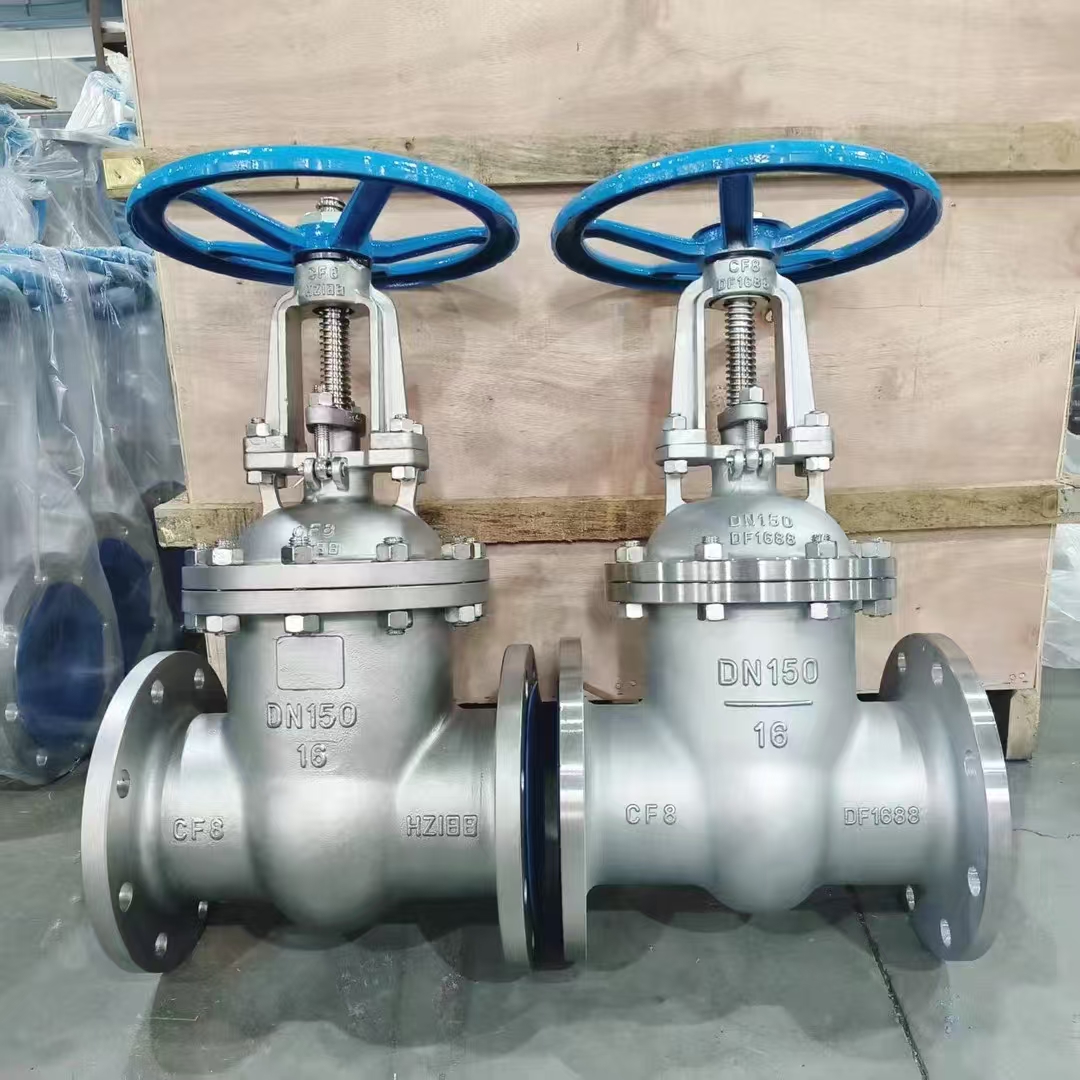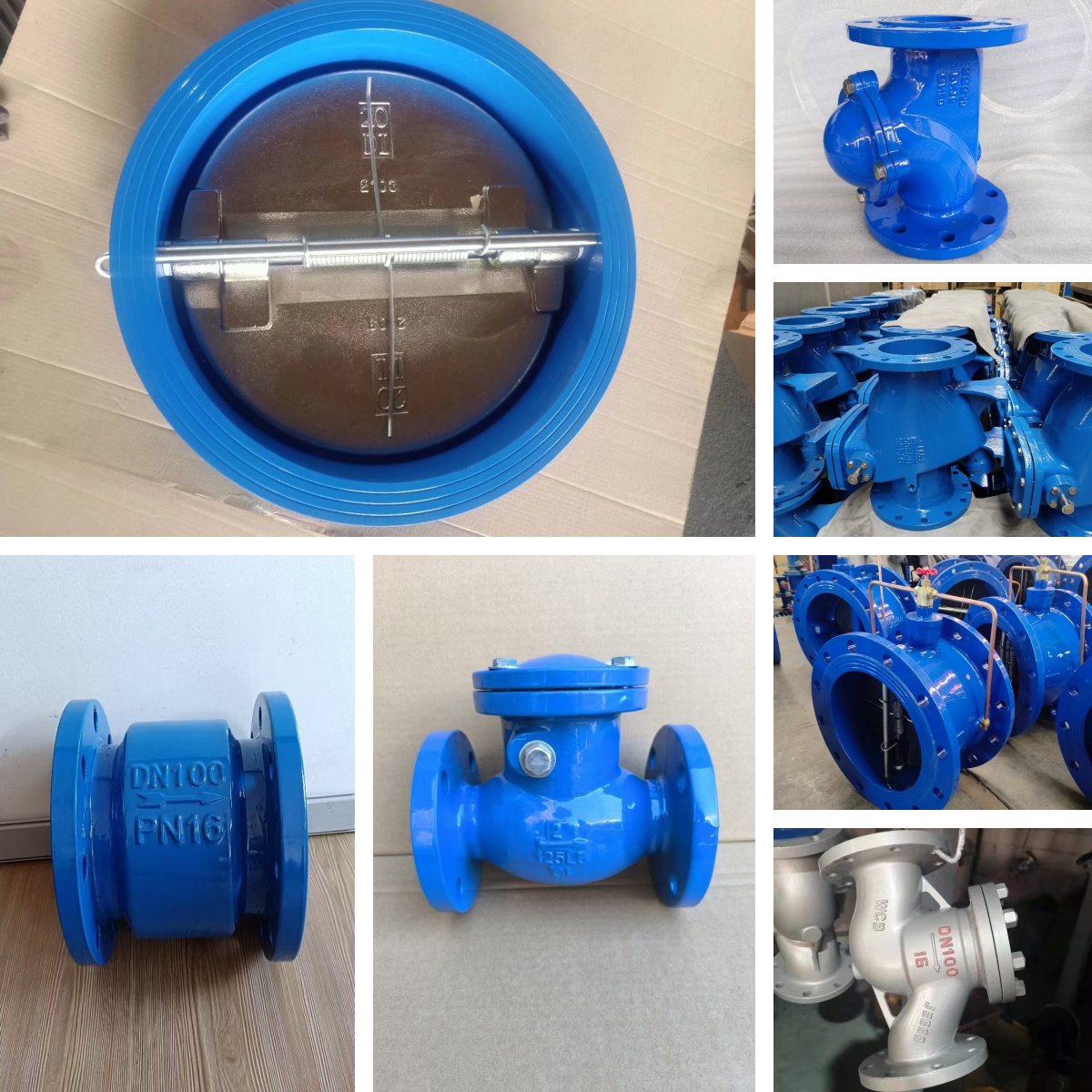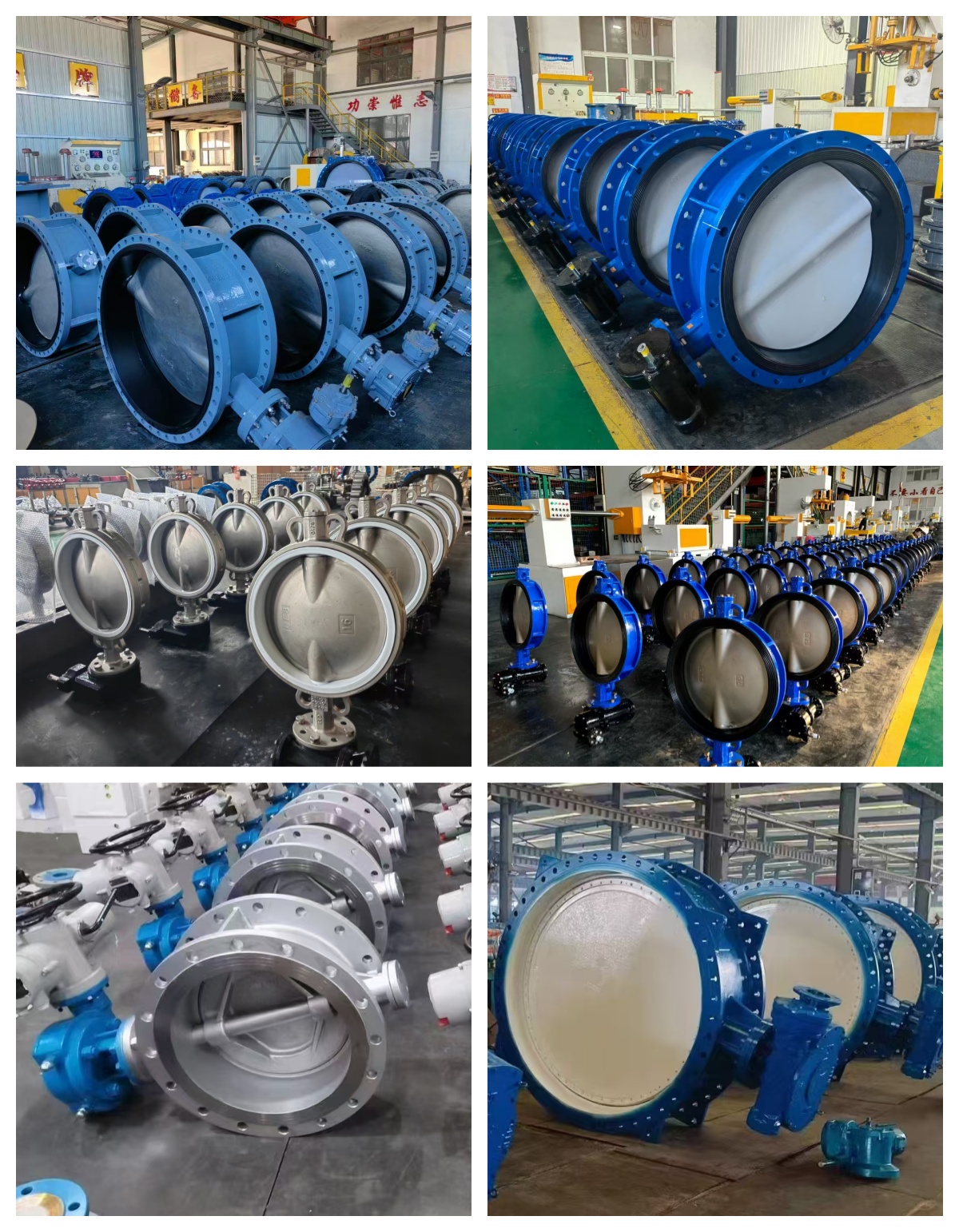Hydraulic power systems are very common in the field of automotive, car, and aerospace equipment. They possess a strong power-to-weight ratio as well as being able to get idle, intermittently worked and even reversed. They can also move rapidly, and react quickly. Another appealing advantage of the fluid control device is that in addition to delivering stable operating levels they can be very long term. You will consider one or two hydraulic valves in particular when you examine the parts of a hydraulic equipment/machinery. You will find on the market different forms of hydraulic valves produced by various manufacturers. Based on the work performed such valves may execute different roles. Most hydraulic machinery needs an independent valve, whereas some work with a mixture of valves.
Now let’s continue with the fundamentals of hydraulic valves.
A hydraulic valve is an electronic tool that is used to regulate the liquid or gas movement into it. Hydraulic valves regulate flow by system opening and closing. Such valves are often constructed from durable materials (steel or iron) to endure heavy fluid pressure of more than 3000psi. We have several techniques for actuating a hydraulic pump. They may be controlled manually, using a stick, knob or cam, powered by a solenoid, or controlled by the pilot. Continuous turning valves on/off valves are the two operational classifications.
Hydraulic Flow Control Valve
The flow control valves are used to monitor and adjust the flow of liquid or gas through the system. Those valves can maximize the efficiency of the hydraulic system. The flow control valves are used to track and regulate system pressure fluctuations. It prevents flow to unfunded components of the network.
Examples of flow control valves include the throttle valve, speed control valve, manifold mounted flow valve, etc. Flow divider is another form of the flow control valve. This valve takes input fluid from one source and redirects it to two or more sources.
Direction Controlling Valves
The Direction control valves are used to regulate the flow of fluids from the system. Such valves will stop and resume fluid flow. Often, they can adjust the fluid flow path. Test valve, prefill valve, spool valves, etc. are the different lateral control valves that are used to maintain sufficient fluid movement inside the device. Non-return valves are the test valves and the prefill valves. Test valves obstruct the passage and friction of bidirectional gas. The prefill pump, meanwhile, transfers the fluid into the hydraulic cylinder and reservoir. The fluid movement inside the device is regulated by spool valves.
The 2-way direction control valve is the simplest direction control valve, with two ports for inlet and outlet. Such mechanisms are found in water faucet, so the fluid movement may either continue or end. A three-way directional control valve has 3 ports called the inlet, outlet and exhaust ports. These are found in single actuating tubes, so all ports can be blocked by the third working tube. Likewise, 4-way valves and 5-way valves are used respectively in double-acting actuators and air circuits.
Pressure Controlling Hydraulic Valve
The hydraulic pressure reducing valve help in managing leakage and bursting of pipelines. Pressure control valves monitor the excess fluid pressure going through the pipeline. These valves maintain the pressure reached by the operator manually. The different styles are hydraulic pressure relief valve, series valve, counterbalance valve and pressure reducing valve. The counterbalance valve produces a complex mechanism and series valve power, sensing intense pressure. One of the essential types of pressure relief valve is that it sets the pressure cap by moving excess back to the tank.
